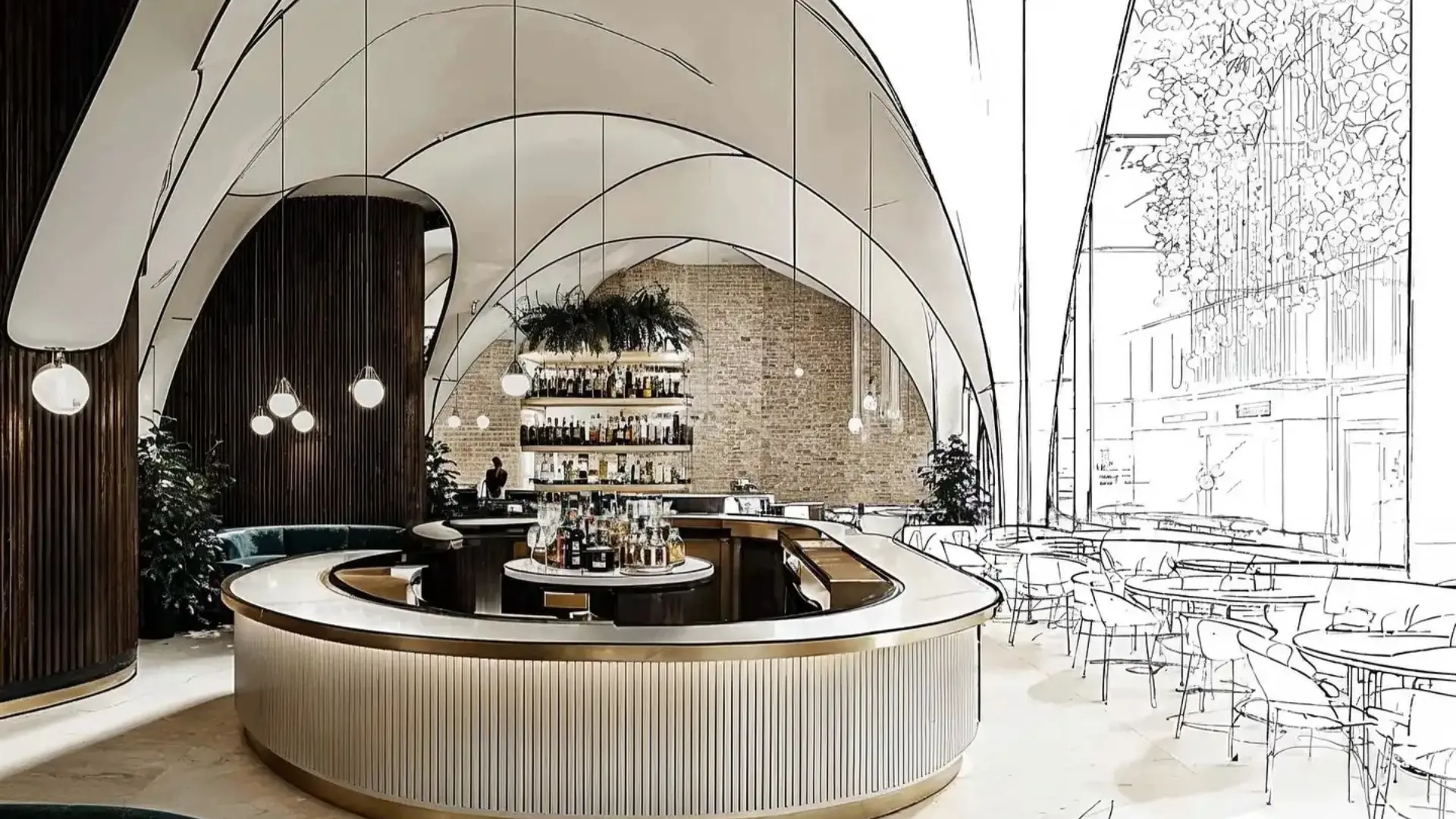
Dynamic Design with AI: From Ideation to Animation unfolded as an intensive two-day PAACADEMY workshop exploring the new frontier of AI-driven design workflows. The sessions bridged the gap between concept development, spatial logic, visualization, and motion storytelling, transforming how architects and designers imagine, iterate, and communicate their ideas.
Rather than relying on AI solely for image enhancement, the workshop positioned it as an active creative partner, a thinking tool that accelerates ideation, refines narratives, and translates imagination into cinematic form.
.webp)
The journey began with the fundamentals of translating design intent into visual language. Participants were introduced to AI brainstorming and prompt architecture, using ChatGPT and other text-based models to structure creative briefs and define narrative direction. The focus was on crafting prompts that communicate material logic, atmosphere, and design mood rather than superficial aesthetics.
Building on these conceptual foundations, the session moved into MidJourney, the visual sandbox where words become worlds. Through controlled iteration, participants explored how prompt parameters, seeds, aspect ratios, and versioning can shift a design’s spatial logic and identity. Every variation became a design study, and every image a testbed for composition, light, and form.
The emphasis was not on producing a final image but on understanding AI as a tool for spatial ideation: a fast, iterative sketching process where hundreds of possibilities can emerge in minutes.
To bridge these AI-generated visuals with real-world design development, attendees learned to integrate Krea, a real-time editing platform that extends MidJourney outputs through direct manipulation. In Krea, designers could modify color palettes, lighting, and geometry interactively, turning static visuals into evolving concepts. The demonstration of layered composition techniques highlighted how different AI outputs could be combined and refined, achieving control without losing spontaneity.
This workflow established a new rhythm of creativity: brainstorm, visualize, and refine. It blurred the traditional boundaries between ideation and rendering, showing how AI can function as both a conceptual generator and a design refiner.
.webp)
Once participants had established strong visual identities, the workshop transitioned into 3D integration and spatial reasoning. Using OpenAI-assisted layout suggestions and basic modeling foundations in 3ds Max, the visuals generated through AI were grounded in geometric logic. The focus was not on creating detailed architectural models but on building conceptual space: understanding how AI visuals can inform proportion, scale, and circulation before detailed modeling begins.
The second major phase introduced the world of AI-driven animation, a field rapidly merging cinematic storytelling with architectural expression. Through Kling AI, participants transformed static renders into animated sequences. Camera movements, transitions, and atmospheric motion were applied to create compelling visual narratives. The exercise revealed how animation can act as a design layer itself, revealing light behavior, spatial rhythm, and emotional tone over time.
In this cinematic stage, students experimented with motion storytelling techniques, learning how to choreograph space, not just represent it. This exploration reshaped the way designers think about communicating architecture: not as an object, but as an experience.
.webp)
To elevate the generated animations and visuals into professional outputs, the sessions moved toward polishing and upscaling pipelines. Using Adobe Firefly, participants refined texture realism, light balance, and color grading. The platform’s generative fill and enhancement tools helped integrate subtle material detail and atmosphere, ensuring visual coherence across sequences.
The final step brought in Magnific AI, a precision upscaling tool used to export crystal-clear stills and videos for portfolios, client presentations, and social media. Through live demonstrations, participants experienced the transformation of concept images into production-quality visuals ready to represent architectural intent with cinematic clarity.
Beyond software proficiency, this final workflow reinforced the importance of iterative design communication. Students learned that presentation quality is not a post-process layer but a design decision, each enhancement aligning with the project’s narrative and emotional message.
.webp)
Dynamic Design with AI redefined what it means to create in the digital era, through a sequence of interconnected tools, MidJourney, Krea, 3ds Max, Kling AI, Firefly, and Magnific. The workshop mapped out a continuous creative pipeline: from idea to motion, from imagination to presentation.
Participants left not just with a set of technical skills but with a transformed mindset: AI as co-creator. It’s a paradigm where imagination expands through iteration, where architecture becomes a moving image, and where storytelling is as integral as structure.
Join the experience! Discover PAACADEMY’s upcoming workshops and stay at the forefront of design and technology.
You must be logged in to comment.